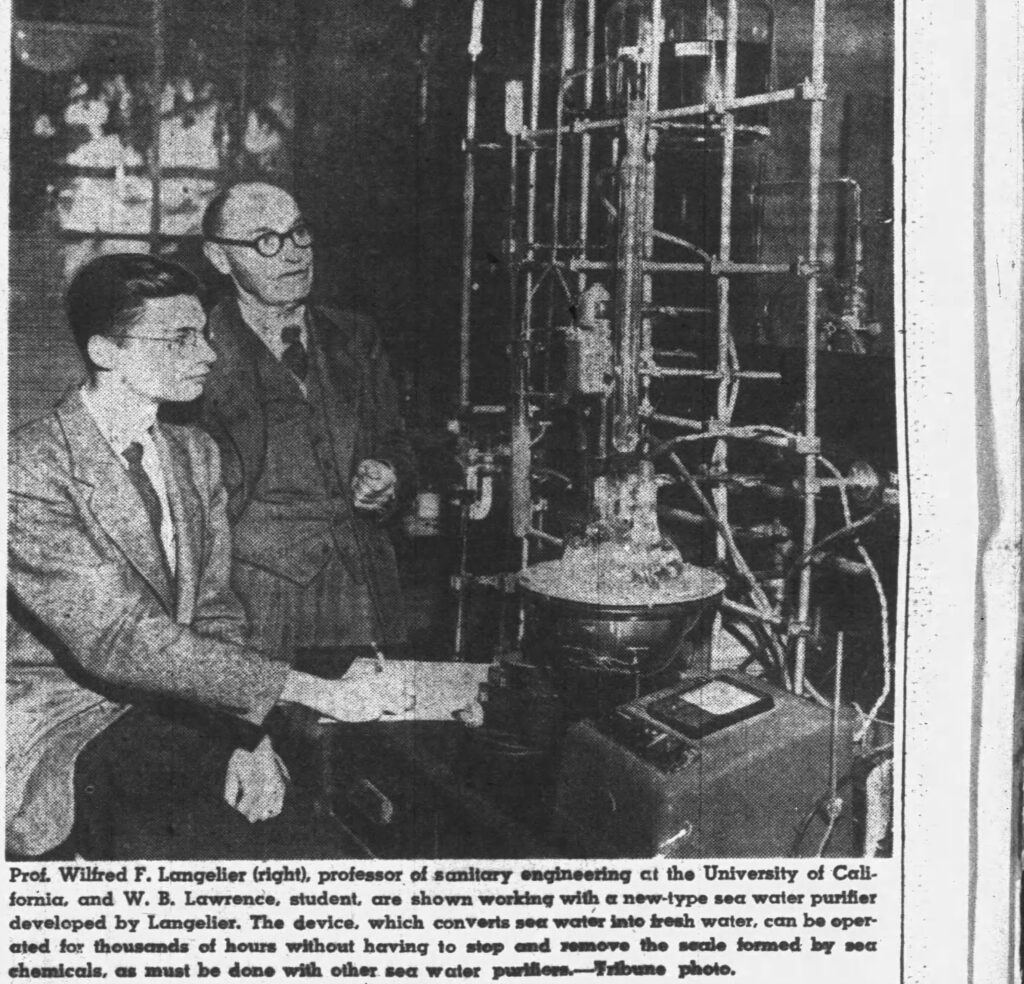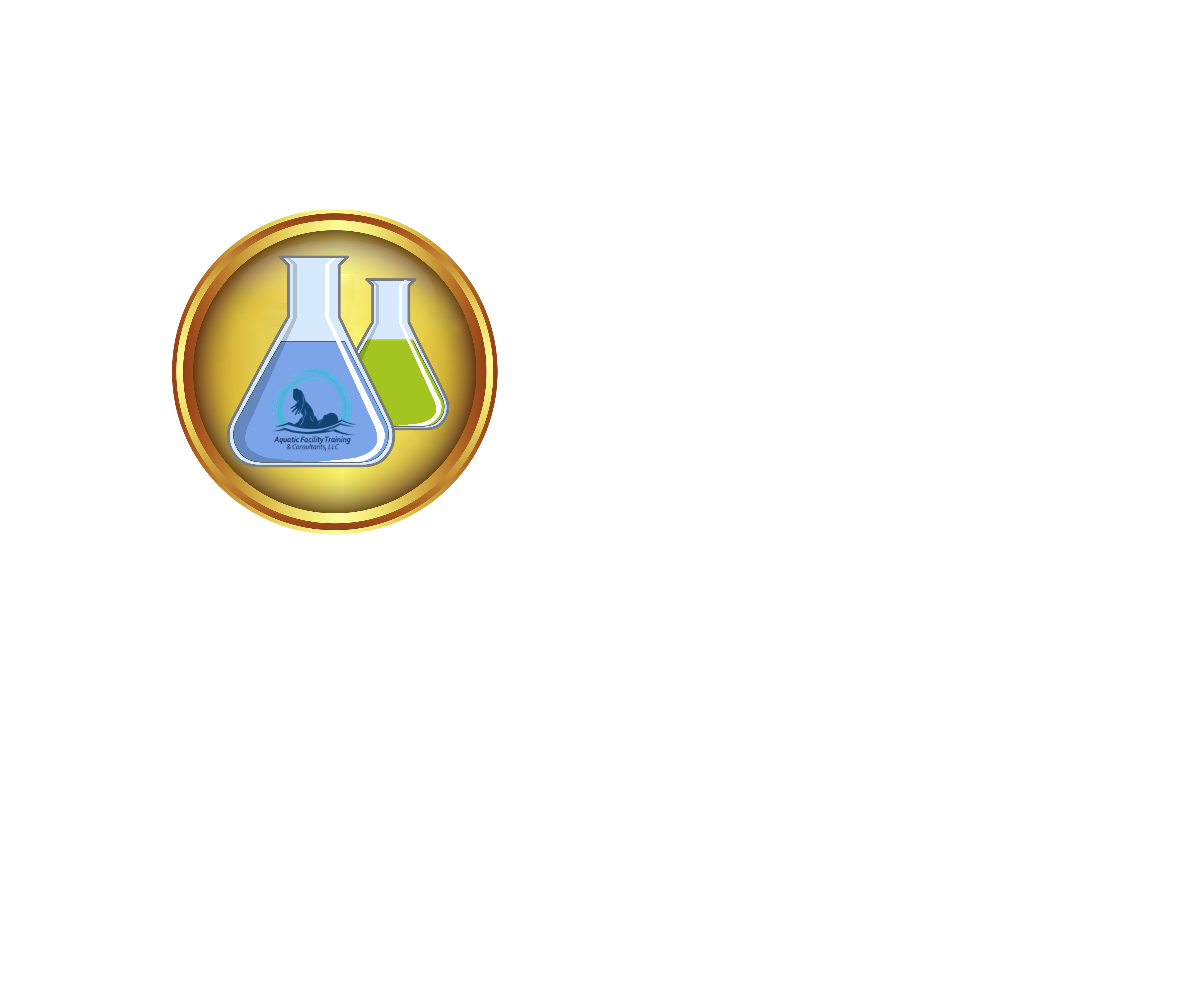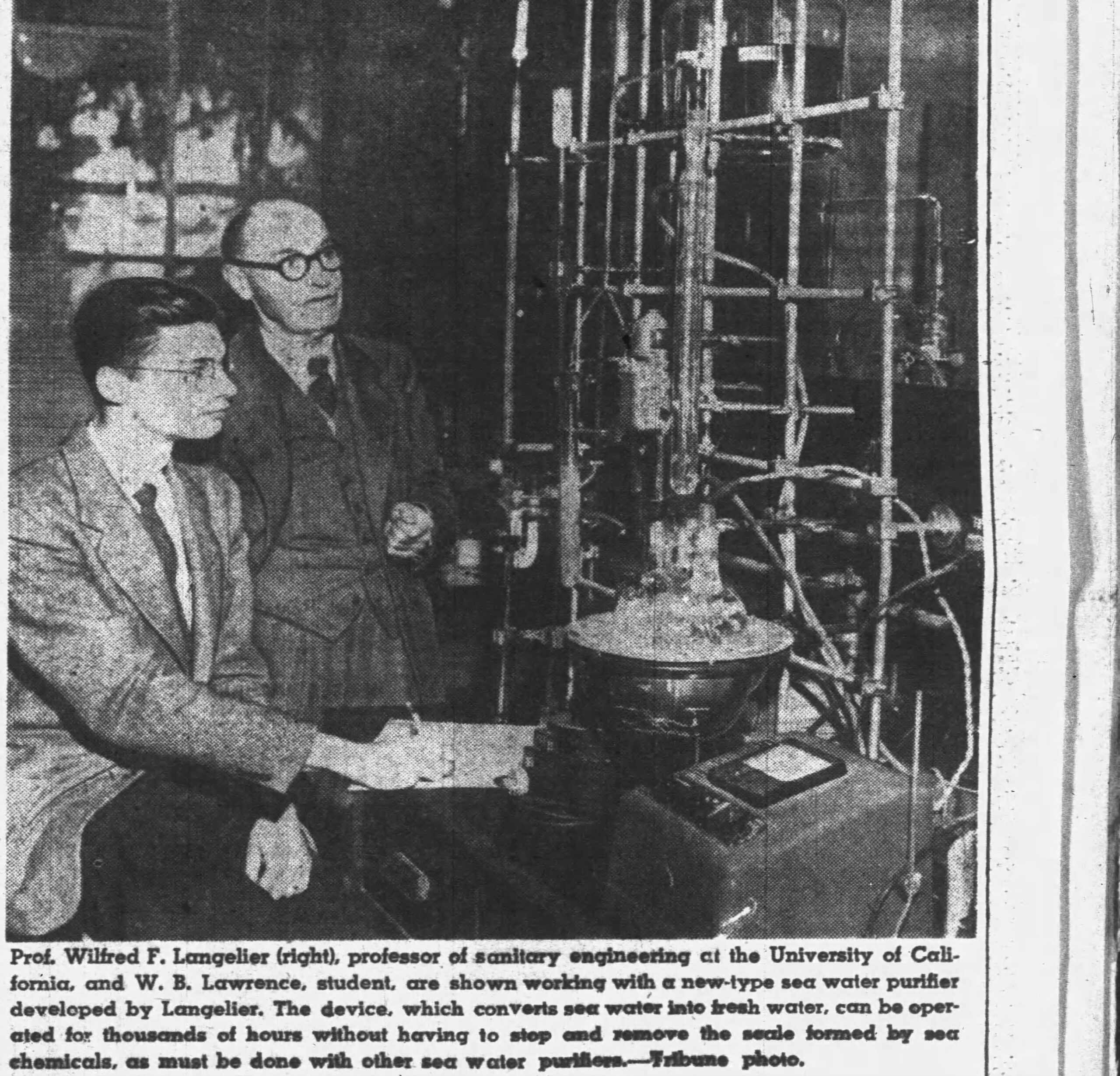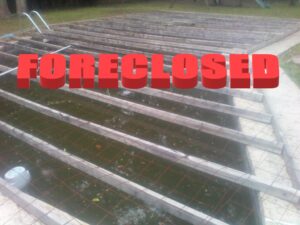Wilfred Langelier’s formula for predicting calcium carbonate precipitation potential (CCPP) is a widely-used method for assessing the scaling potential of water. Langelier’s formula, also known as pHs, measures the tendency of a water sample to form calcium carbonate deposits. The formula calculates the saturation state of calcium carbonate in water, considering the water’s pH, temperature, total alkalinity, and calcium and bicarbonate concentrations.
Similar Article How Borates in Swimming Pools Buffer pH

The CCPP was developed by Wilfred Langelier in 1936 while he was working as a chemist for the city of Los Angeles. Langelier was tasked with finding a way to prevent scaling in the city’s water distribution system, which was causing significant maintenance and corrosion issues.
Langelier’s formula is based on the equilibrium between calcium carbonate and the calcium and bicarbonate ions in solconsideringer is saturated with calcium carbonate, the CCPP is zero. If the CCPP is positive, the water is supersaturated and has a tendency to form scale. If the CCPP is negative, the water is undersaturated and has a tendency to dissolve existing scale.
The calcium carbonate precipitation potential is calculated using the following formula:
CCPP = pH – pHs
where pH is the measured pH of the water sample, and pHs is the calculated pH at which calcium carbonate is at saturation with the water.
The pHs is determined using the following equation:
pHs = 9.3 + (A – B) – (C + D) Where: A = (Log 10 [TDS] – 1) / 10 B = -13.12 x Log 10 ( o C + 273) + 34.55 C = Log 10 [Ca 2+ as CaCO 3] – 0.4 D = Log 10 [alkalinity as CaCO 3]
Where A is the natural logarithm of the calcium concentration in milligrams per liter (mg/L), and B is the natural logarithm of the total alkalinity in mg/L as calcium carbonate.
Once the CCPP is calculated, it can be used to determine the scaling potential of the water sample. If the CCPP is greater than zero, the water is supersaturated with calcium carbonate and has a tendency to form scale. The higher the positive value, the greater the scaling potential. If the CCPP is less than zero, the water is undersaturated with calcium carbonate and has a tendency to dissolve scale. The more negative the CCPP, the greater the corrosive potential.
Fresh Water made from sea, Oakland Tribune, 06 Mar 1949, Sun · Page 35
Similar Article: Langelier pHs Explanation
The calcium carbonate precipitation potential has some limitations and should be used as a guideline rather than a definitive measure of scaling potential. It does not consider other factors that can affect scale formation, such as the presence of other minerals or the water’s flow rate. Additionally, the CCPP assumes that the water is in equilibrium with the atmosphere and that the water is not being treated with chemicals that could affect the equilibrium.

06 Mar 1949, Sun · Page 35






